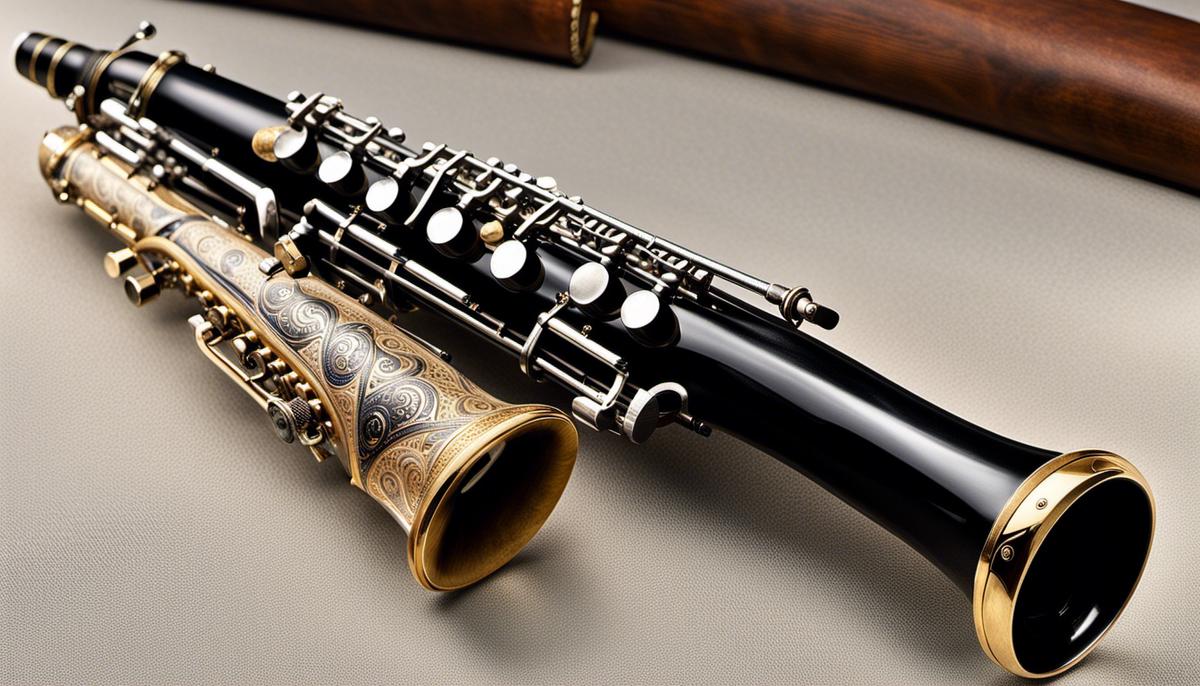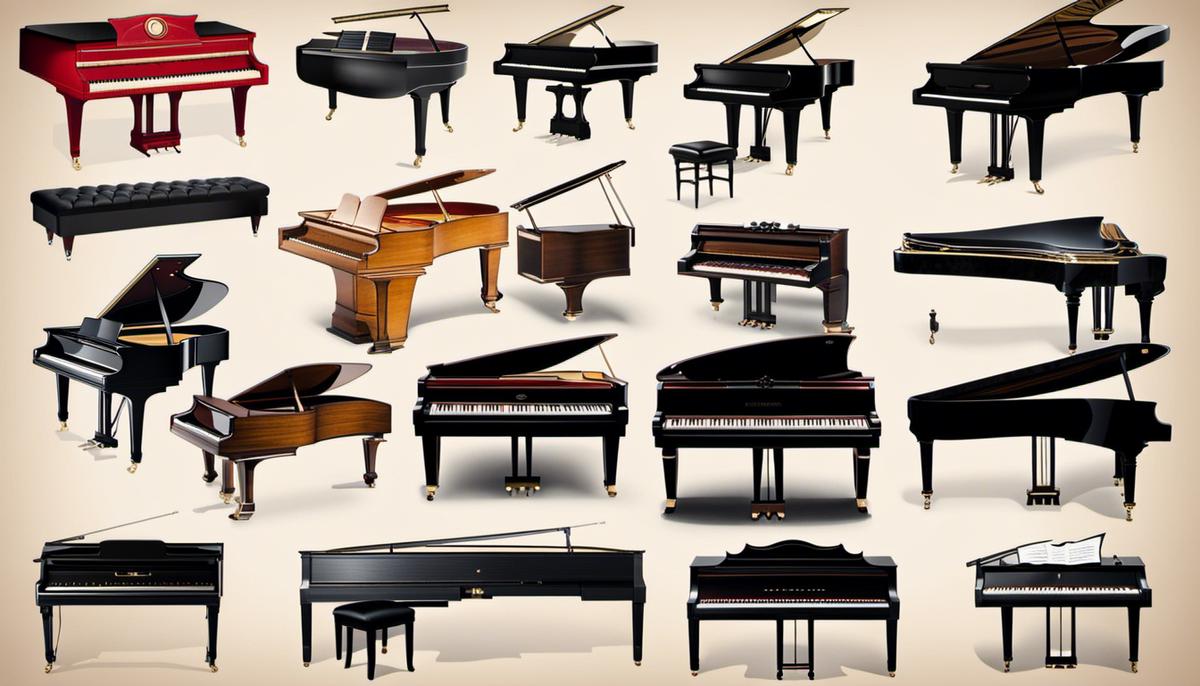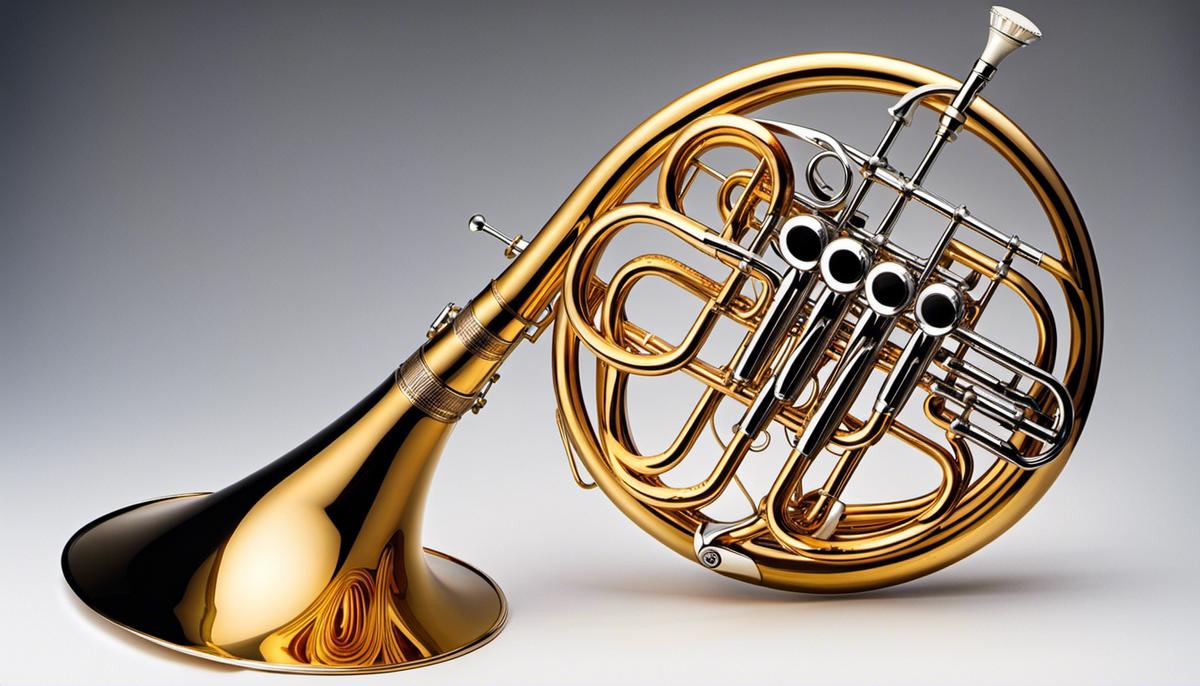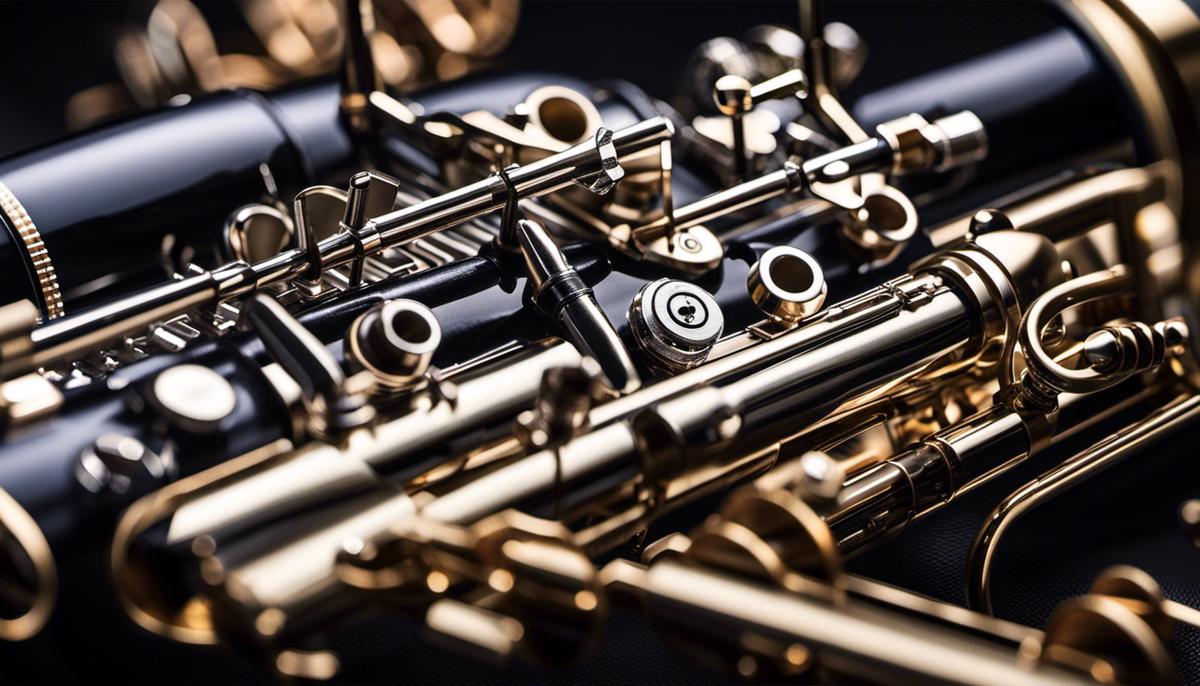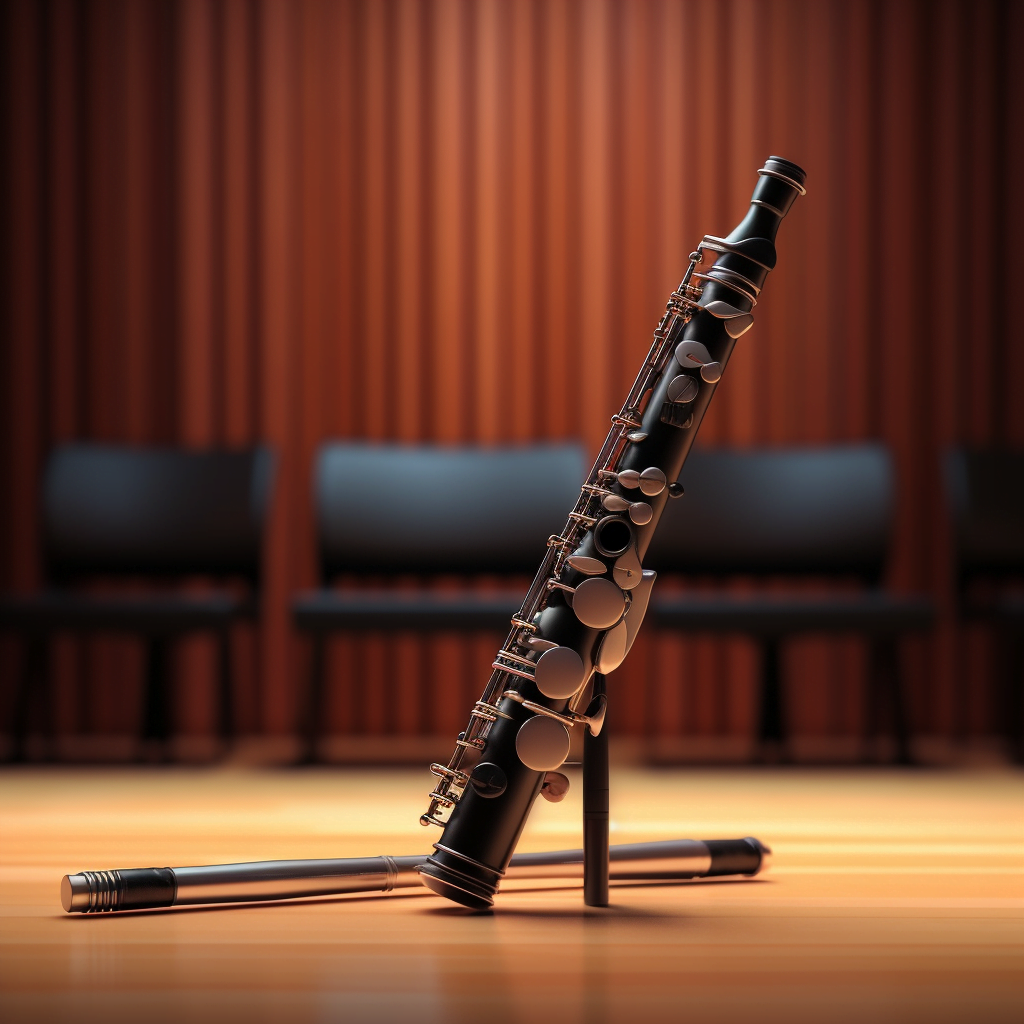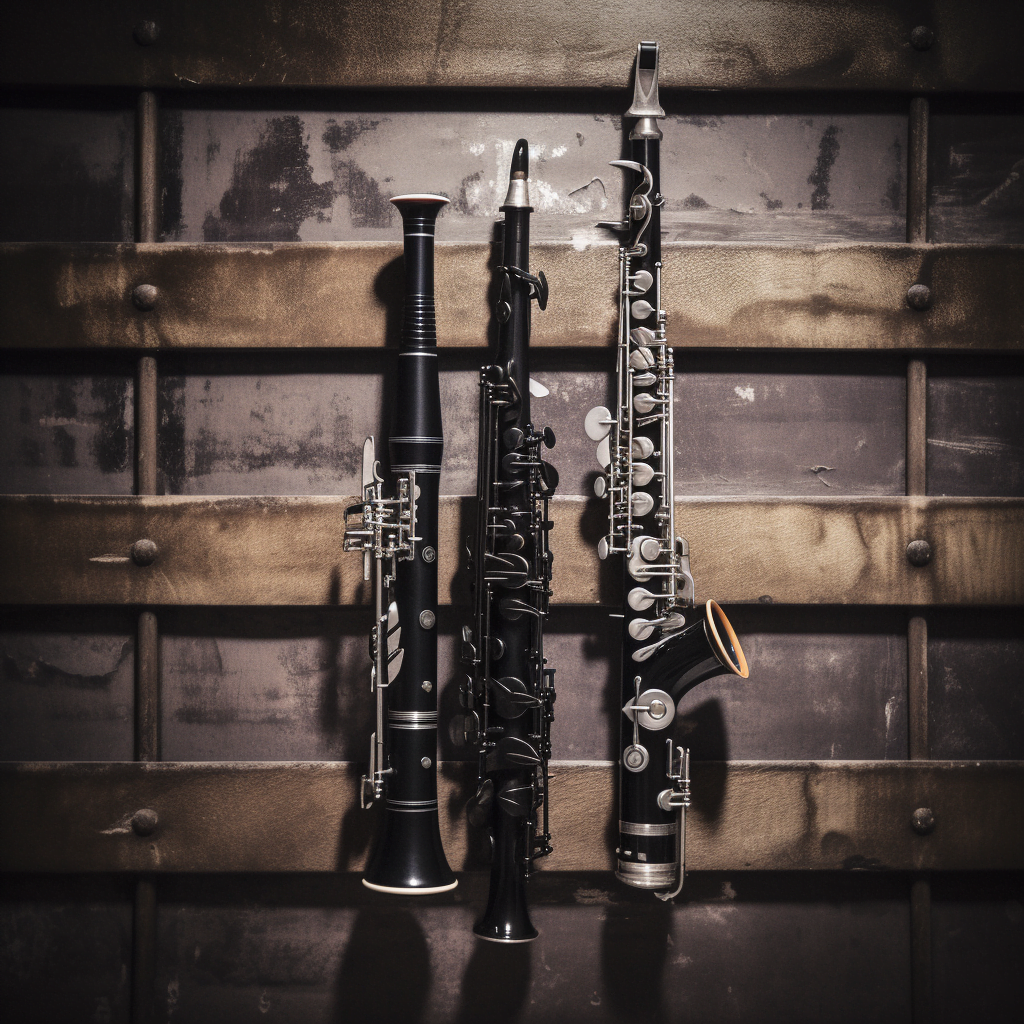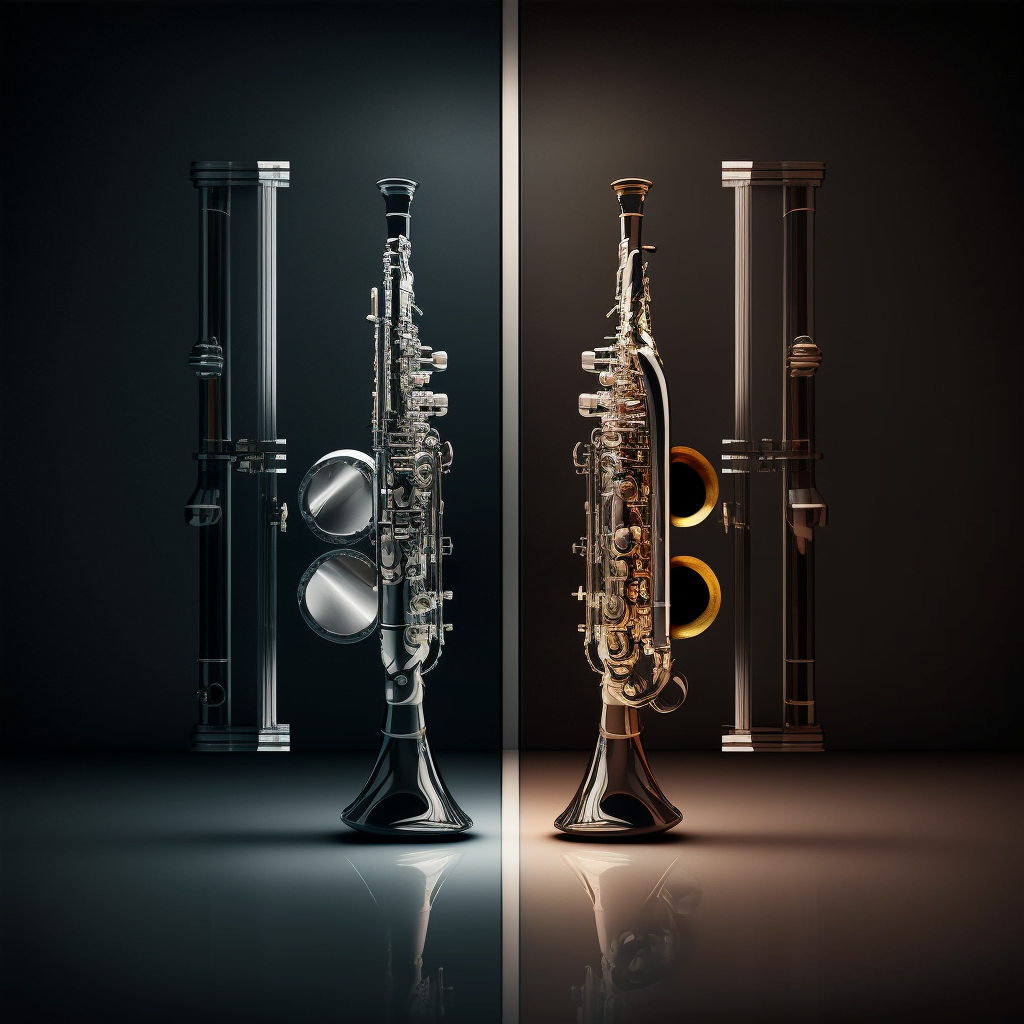Mastering Popular Low Brass Excerpts of 2023
Introduction For any enthusiast or hobbyist looking to master the art of performing low brass excerpts, it’s essential to embrace a multidimensional understanding of the task at hand. Whether you’re delving into the complex nuances of classical, jazz, pop or rock music, or navigating the intricacies of note articulation, breath control, and embouchure formation, proficiency … Read more

